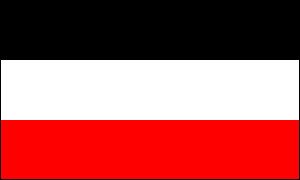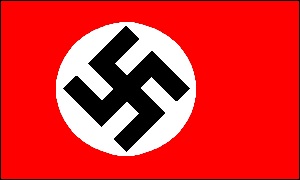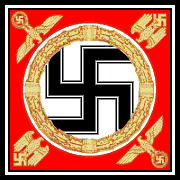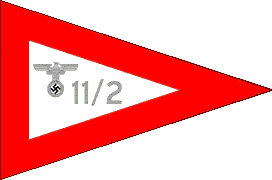GREATER GERMAN REICH
FLAGS OF NAZI GERMANY • 1933-45
Images Added October 2023
Standard of the Head of the Party Chancellery • General Flag of the SA • Command Flag, SA Chief of Staff, 1938-45

































